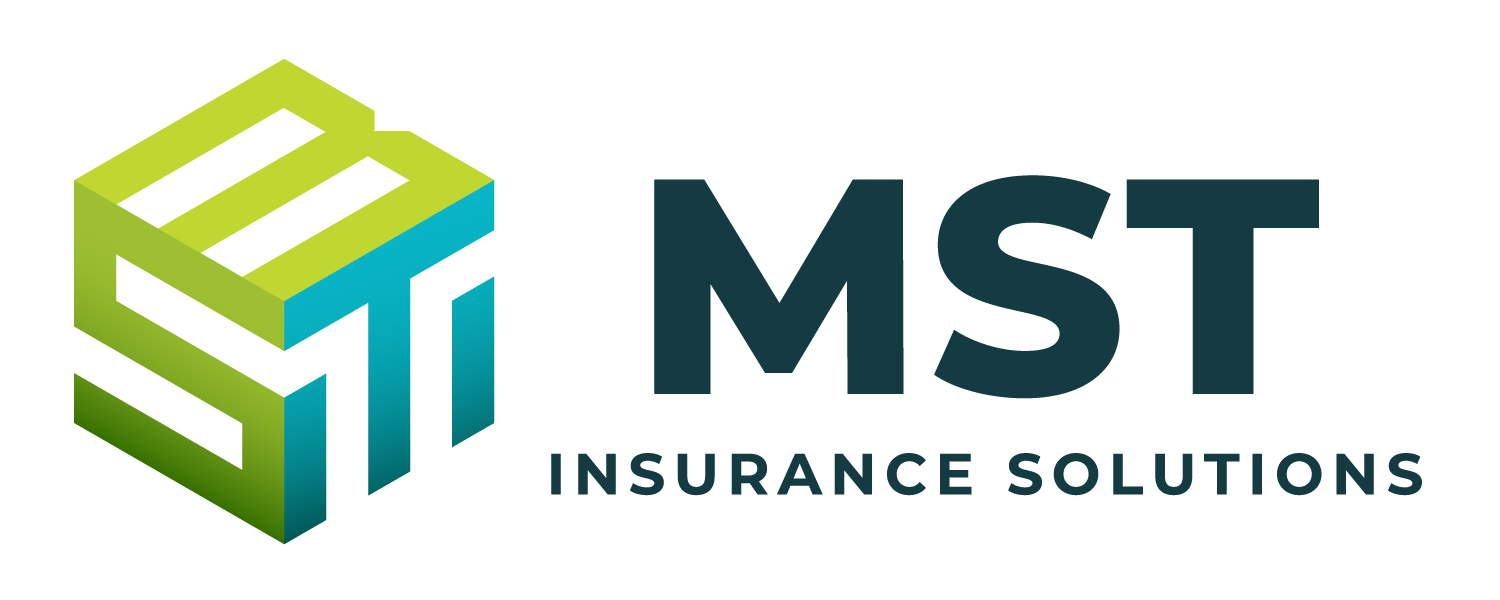The 1-in-1000-year flooding event in central Texas over the July 4 weekend will result in billions in economic losses; however, insured losses likely only comprise a small portion due to minimal flood insurance take-up, according to modelers and forecasters.
The tragic flooding event has resulted in over 120 deaths, with approximately 173 people still missing and rescue efforts ongoing.
Remnants of Tropical Storm Barry, which made landfall in Mexico on June 29, and a weather system moving in from the Pacific contributed to the development of severe thunderstorms.
“A slow-moving low-pressure area developed and helped bring up the moisture-rich air from Barry and concentrated it over the Hill Country of central Texas,” said Dr. Phil Klotzbach, research scientist for Colorado State University, in an Insurance Information Institute (Triple-I) brief on the devastating event. “The soil was also extremely hard from prior drought conditions, which exacerbated the flash flooding that occurred.”
On July 3, the National Weather Service predicted heavy rain and winds and issued flash flood warnings into the early morning hours of July 4, according to a commentary from Moody’s.
“The devastation from the upper reaches of the Guadalupe River is catastrophic,” said Firas Saleh, director of North American flood models for Moody’s. “The riverbanks were quickly and extensively overtopped, and trees, cars, bridges, and houses were swept away. Camps such as Camp Mystic, before the river’s confluence at Hunt, were hit early morning on July 4, saw 27 children and staff killed, and 11 people still missing, with camps further down the river heavily impacted.”
The event “shattered” a nearly century-old record of 36.60 feet set in 1932, according to Saleh. The Guadalupe River water levels rose over 30 feet in less than two hours, comparable to a dam break in terms of hydraulic force.
The area of Texas known as Hill Country “is highly prone to flash floods and has locally earned the nickname ‘flash flood alley,’” according to Aon’s Impact Forecasting Team.
“Entire roads and bridges were washed away, and multiple towns were nearly completely inundated. Twelve campgrounds along the river also sustained damage,” Aon said. “The July 2025 central Texas flooding event is considered the deadliest non-tropical cyclone flooding event in the U.S. since 1976.”
Despite the area’s reputation, take-up of National Flood Insurance Program (NFIP) coverage is estimated at or below 5% in the affected regions, Aon added.
AccuWeather issued an economic damage estimate of $18 billion to $22 billion for the homes, businesses, and campgrounds in the region along Texas’s Guadalupe River.
“This is the latest disaster in an area with a long and tragic history of deadly and destructive flash floods,” said Jonathan Porter, AccuWeather’s chief meteorologist. “The damage, impacts on future tourism, cost of search and recovery efforts, extensive cleanup that will be needed, as well as insurance claims after this catastrophic flash flood, will have long-lasting economic impacts in the Hill Country region of Texas.”
Texas faces a “complex mix of risks,” according to the Triple-I brief.
“Floods, fires, severe convective storms, and debilitating winter freezes are making Texas a risk microcosm of the United States,” the organization said. “Severe convective storms—from drenching thunderstorms with lightning, to tornadoes, hail or destructive straight-line winds—are a growing source of losses in Texas and elsewhere. Texas is particularly well-placed for these storms, experiencing over 100 tornadoes annually. The state is also highly vulnerable to hail, having experienced 878 events in 2024 involving stones with one inch or greater diameters—the most such events of any state.”
The Value of Insurance After a Disaster
Flood-related events have become more commonplace due to changing environmental factors; their destruction has also become more costly due to greater property values in flood-affected regions.
Flood insurance is not included in standard homeowners insurance policies. Yet, it can prove invaluable after a disaster like the Texas floods. Even an inch of floodwater in a home can cause tens of thousands in damages.
Flooding is a possibility anywhere, even outside high-risk zones. Make sure you’re prepared with the right insurance to help rebuild and replace your belongings.
Contact MST Insurance Solutions, Inc. today to discuss flood coverage and other home insurance solutions tailored to your property and needs.
For a copy of this notice, click here: News Brief – Billions in Economic Losses Expected From Devastating Texas Floods

